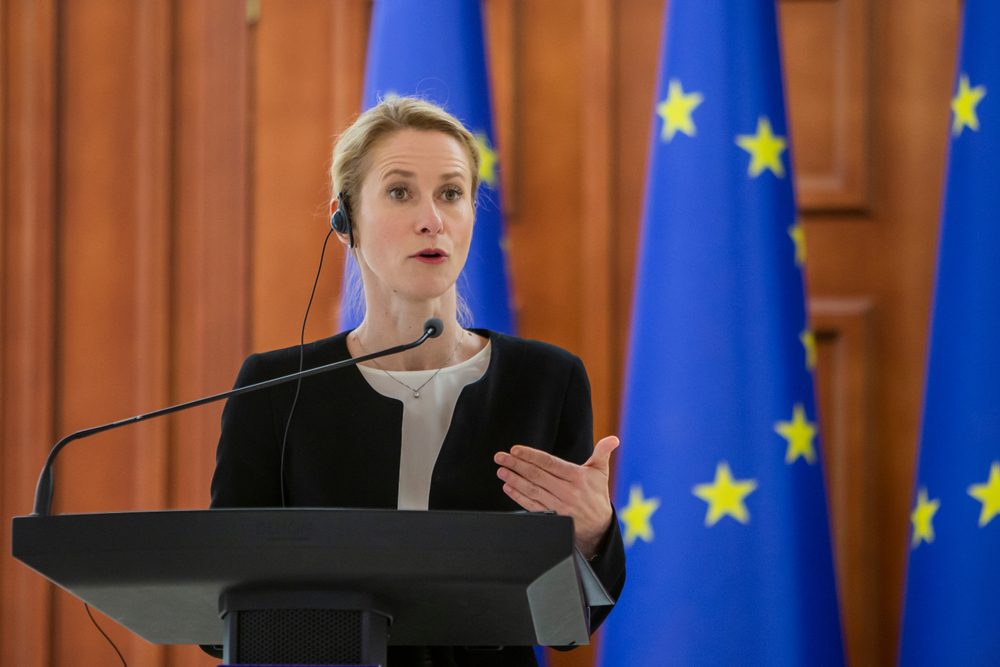Executive Summary
The Story So Far
Why This Matters
Who Thinks What?
European Union leaders have strongly condemned Moscow following a Russian drone’s breach of Romanian airspace, marking the second such violation of EU territory in less than a week. The incursion occurred during ongoing Russian attacks on southern Ukraine, prompting high-level EU officials to label it a blatant breach of sovereignty and a direct threat to regional security.
Recent Incursions and Official Reactions
The latest incident saw two Romanian F-16 fighter jets identify a Russian drone over Romanian territory during a scouting exercise. No damage or injuries were reported from the drone’s presence.
European Commission President Ursula von der Leyen described the incursion as an unacceptable violation of EU sovereignty and a threat to the region’s stability. Echoing this sentiment, EU foreign policy chief Kaja Kallas characterized it as an intolerable breach of an EU member state’s sovereignty, emphasizing the continued escalation’s risk to regional security. Romania’s foreign minister also criticized the incident as unacceptable and reckless.
Previous Breach and NATO Response
This latest event follows a similar incident last Wednesday, when 19 Russian drones invaded Polish airspace. NATO forces responded to the earlier incursion, with Dutch Lockheed Martin F-35 fighter jets intercepting five of the drones.
The previous incursion into Poland brought to light the transatlantic alliance’s preparedness, or lack thereof, in effectively handling drone threats. It highlighted a significant disparity, as NATO forces reportedly deployed equipment valued at billions of dollars to counter Russian drones primarily constructed from wood and foam.
Implications for Regional Security
The repeated breaches of EU airspace underscore the escalating tensions and the direct impact of the conflict in Ukraine on neighboring EU and NATO member states. These incidents emphasize the emerging centrality of drone warfare in modern military operations and the challenges they pose to established defense protocols.








